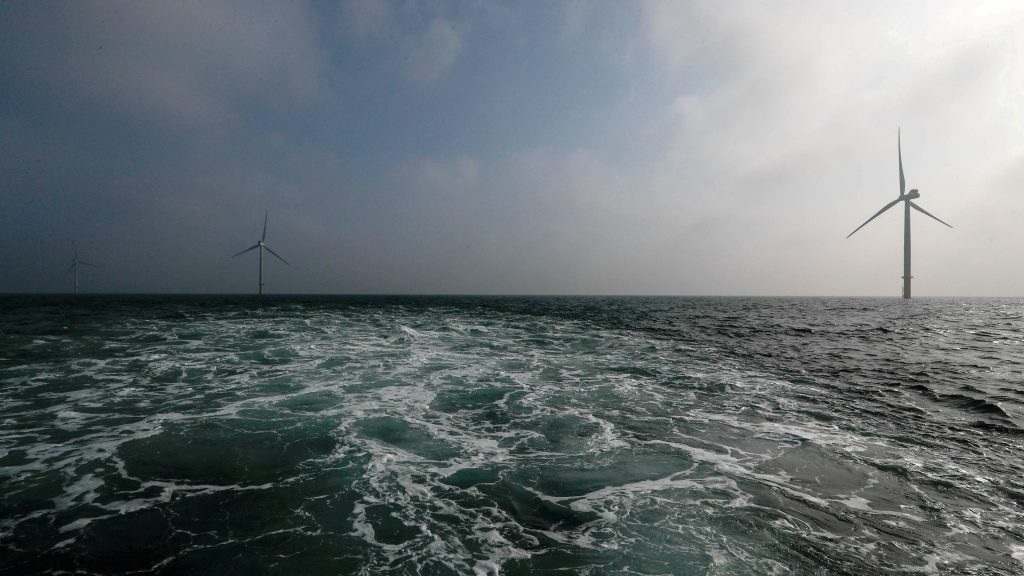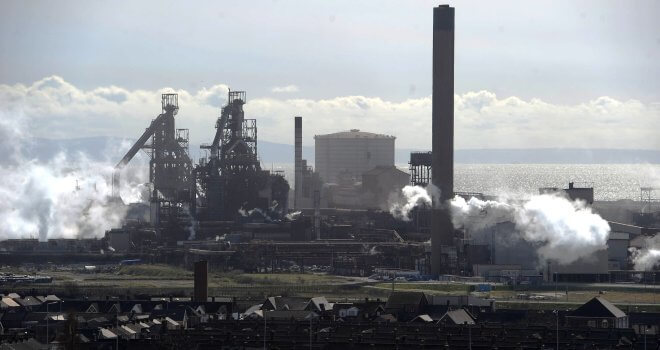Construction Begins On £4.3bn Eastern Green Link 2 Offshore Interconnector

Construction has officially commenced on the £4.3 billion Eastern Green Link 2 (EGL2) offshore interconnector, a groundbreaking project designed to connect England and Scotland through a 506-kilometre “electricity superhighway.” The joint venture, led by National Grid Electricity Transmission and SSEN Transmission, held simultaneous groundbreaking ceremonies at both ends of the planned cable on September 26.
EGL2 will feature a 525kV, 2GW high voltage direct current (HVDC) subsea transmission cable, making it the longest HVDC cable in the UK and the largest electricity transmission project in the country’s history. The project received a significant boost in August when Ofgem approved £3.4 billion in public funding, marking it as a landmark initiative for the UK’s energy infrastructure.
The subsea cable will stretch 436 kilometers southward from Peterhead in Scotland, landing on the East Yorkshire coast at Fraisthorpe Sands. It will then run underground for an additional 68 kilometers to a new HVDC converter station at Drax.
In March, a joint venture between Bam and Hitachi Energy was selected to construct the converter stations for the project. Construction activities have already commenced at the Wren Hall Converter Station, including site preparation and vegetation clearance, with ongoing surveys along the cable route planned for the coming months. The project is expected to be operational by 2029.
Zac Richardson, National Grid’s offshore delivery director, emphasized the importance of the EGL2 project in supporting the UK’s transition to a net-zero economy. He stated, “This marks a significant milestone for all involved, and we’re committed to delivering major projects that can provide enough renewable electricity to power eight million homes.”
Ofgem director general for infrastructure, Akshay Kaul, hailed the day as historic, noting that construction had begun two years ahead of schedule, thanks to a fast-track process aimed at reducing bureaucratic hurdles. He added, “Harnessing homegrown clean energy is essential for Britain’s secure energy future, and projects like EGL2 are pivotal to this mission.”
As EGL2 moves forward, it represents a critical step in advancing the UK’s renewable energy capabilities and connecting consumers to sustainable power sources more efficiently.




